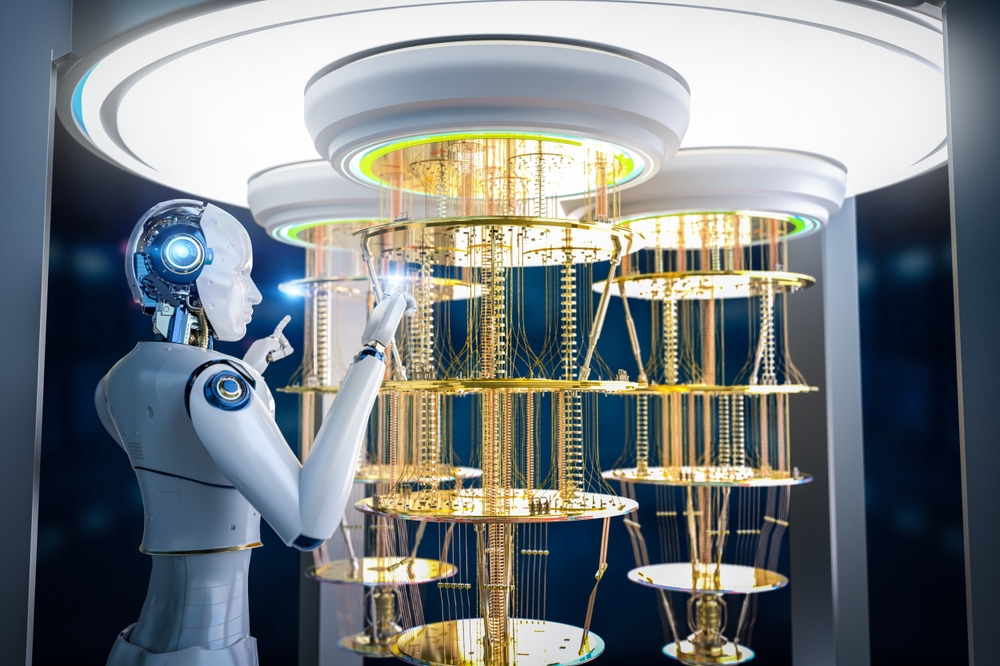Quantum Computing holds the promise of solving problems that are too complicated for the most powerful classic supercomputers, but teaching to “learning” quantum machines remains one of the biggest challenges in the field.
Now, researchers at Los Alamos National Laboratory have made a major leap into quantum machine learning by revealing fundamentally new approaches to avoiding the pitfalls of traditional models.
By demonstrating the natural application of a powerful statistical method known as the Gaussian process to quantum systems, the team has laid the foundation for more efficient, scalable and reliable quantum learning algorithms, potentially revolutionizing how to harness the full power of quantum computing.
The promises and pitfalls of quantum neural networks
Neural networks revolutionized classical computing, enabling the manufacture of self-driving cars, real-time language translation, and generation AI.
So it’s not surprising that researchers have long sought to replicate this success in quantum computing. However, the direct adaptation of classical neural network models to quantum systems has resulted in persistent problems.
Classical neural networks are parametric systems that learn by adjusting millions of internal values, or “neurons,” to approximate complex functions. It is also known to converge on what is called the Gaussian process. Essentially it is a probability distribution with a shape similar to a bell curve.
This Gaussian convergence allows scientists to make reliable predictions by analyzing the average output of neural networks across many inputs.
However, when researchers tried to implant this building into the quantum world, they ran into a problem: the barren plateau. These mathematical dead zones prevent the network from learning effectively, making training quantum neural networks extremely difficult.
A simpler and smarter approach
To solve this, the Los Alamos team pivoted completely away from the neural network. Instead, they investigated whether core statistical ideas (Gaussian processes) could be applied directly to quantum systems.
Their goal was to prove that not only genuine quantum Gaussian processes exist, they could also function as the basis for quantum machine learning.
Unlike neural networks, Gaussian processes are non-parametric. This means it does not depend on tunable parameters to learn patterns from the data. As a result, it avoids the training pitfalls that bothers quantum versions of neural networks.
However, the Gaussian process is only accurate when the underlying data follows a bell curve distribution, so the team adopted advanced mathematical tools to ensure that quantum models meet this criteria.
This breakthrough opens the door to quantum systems that can make probabilistic predictions, the basis of machine learning, without falling into computational traps.
Quantum Gaussian Revolution
One of the key implications of this discovery is the ability to perform Bayesian inference in quantum systems that update predictions as new data is introduced.
In the classical world, this technique is widely used to predict everything from home prices to medical diagnosis. This new study has enabled the same principle to be applied to quantum datasets.
As quantum hardware continues to advance, it is important that proven and effective learning methods are important that they are ready to be deployed.
This development lays the essential foundation for a future where quantum computers can tackle problems that are currently beyond the scope of classical machines.
New directions in quantum machine learning
The success of this project represents a major milestone in the exploration of quantum machine learning over the years.
More importantly, it highlights the change in strategy. Instead of trying to renovate classical models into quantum systems, researchers should focus on developing methods that are natively suited to quantum computing.
This fresh perspective marks the turning point of the field. As the quantum computing community moves forward, this work encourages others to explore fundamentally new paradigms.
By proving that quantum Gaussian processes act as a solid foundation for machine learning, the Los Alamos team has taken an important step towards realizing the true potential of quantum machine learning.
Source link

